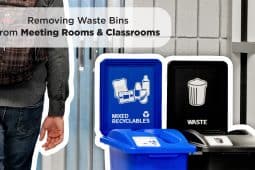E-Waste
Electronic waste is only a small portion of total global waste, contributing 0.01 % to 3 % of total waste around the world, but it is growing at a rate two to three times faster than any other waste stream. The chemicals found in electronics are incredibly harmful to the environment and more people are realizing this.
Luckily e-waste recovery rates are growing quickly, and many recycling centres and businesses will take your e-waste and refurbish it for future use or recycle it responsibly.

![]()
Taxing or Banning Plastic Bags
Let’s look at the reasons for banning plastic bags – they don’t break down in landfills and oceans, they choke wildlife, add to our already high demand for oil and they are not easy to recycle.
An estimated 500 billion to 1 trillion plastic bags are used worldwide every year!
Currently, in the US, a ban on plastic bags exists in coastal North Carolina, Portland and individual stores in San Francisco.
Legislation to ban plastic bags was on the table for the entire state of California and Massachusetts. The hope for these bills was to set a precedent for other states to follow suit – considering Americans throw away 100 billion plastic bags a year (equivalent to dumping 12 million barrels of oil) more laws like this would definitely be welcome.
The new law was shot down in both states, much to the ire of environmentalists, due in part to industry pressure and fear of rising costs.
Many places in Canada charge a fee per plastic bag and offer cloth alternatives
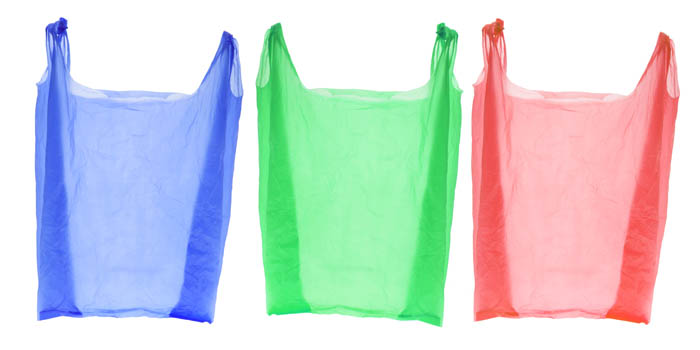
![]()
Recycled and Compostable Packaging
Almost everything we buy comes in packaging, and many times it can’t be recycled and ends up in the trash. Many companies realize how wasteful one-time-use packaging can be and are starting to use recycled material to make up their product packaging.
Some companies have even created packaging made out of agricultural waste and mushrooms that are grown and not manufactured!
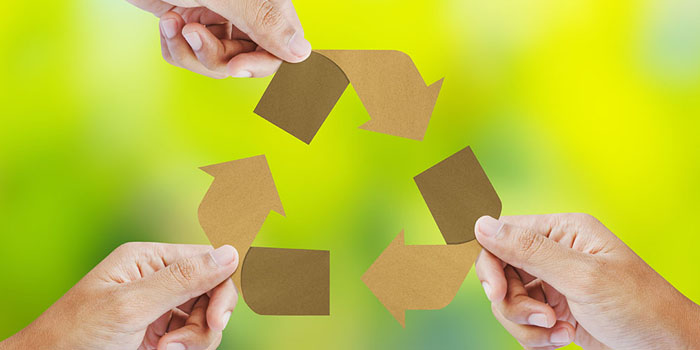
![]()
Plastic-Eating Bacteria
Japanese scientists have recently discovered a bacterium that eats durable PET plastic. Better yet, the bacteria digest plastic into carbon dioxide and water! The eloquently named Ideonella sakaiensis 201-F6 is believed to secrete a compound that helps to break down the plastic for digestion.
With these findings comes the potential for a wide-range of real-world applications that could effectively take care of our plastic waste problem.
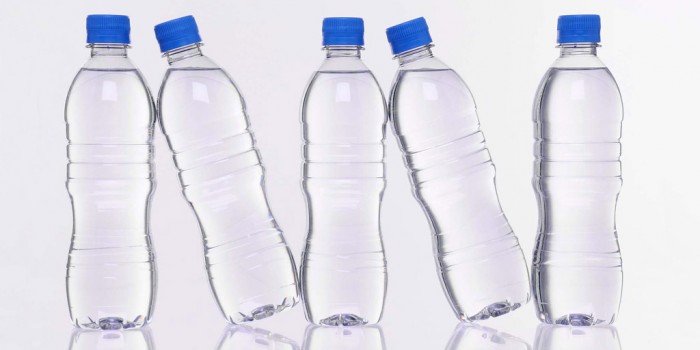
![]()
Eliminating Food Waste
France recently passed a law that requires large grocery-store chains to donate all food waste to local charities. This food waste is perfectly edible but is often tossed due to aesthetics and not expiration date.
This has prompted some of the largest grocery chains in the UK to follow suit. With any luck, this trend will make it’s way to North American shores whether it be through legislation or on a grocery chains own volition.
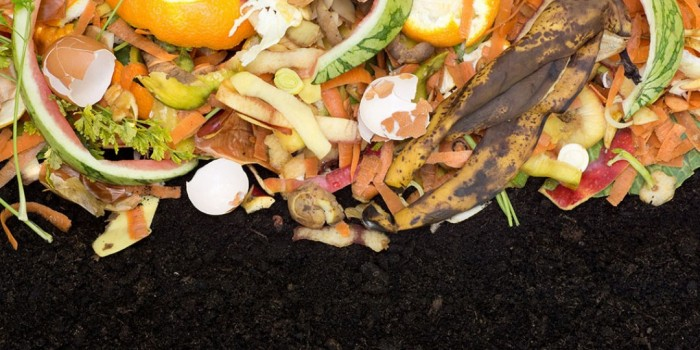
Some Hard Facts on Waste
In the US
- 82 million tons composted or recycled for recovery rate of 33.8 %
- 29 million tons of Municipal Solid Waste (MSW) combusted for energy recovery
- 74 % of office-type paper recovered
- 60 % of yard trimmings recovered
- 5 % of metals recycled
- 7 million tons of metals recycled reduced greenhouse gas emissions at equivalent of removing 5 million cars from road for one year
- Approximately 9,000 community curbside recycling programs exist in United States, increase over reported 2002 figure of 8,875
- Approximately 3,000 community composting programs exist
In Canada
- Overall diversion rate – 32%
- Total amount of materials disposed of – 25 million
- Amount disposed of: per capita – 729 kg
- Amount disposed of: residential – 9.3 million tonnes (37%)
- Amount disposed of: non-residential – 15.6 million tonnes (63%)
- Amount of materials diverted – 8.1 million tonnes
- Paper – 40%
- Organics – 27%
- Metals – 15%
![]()



